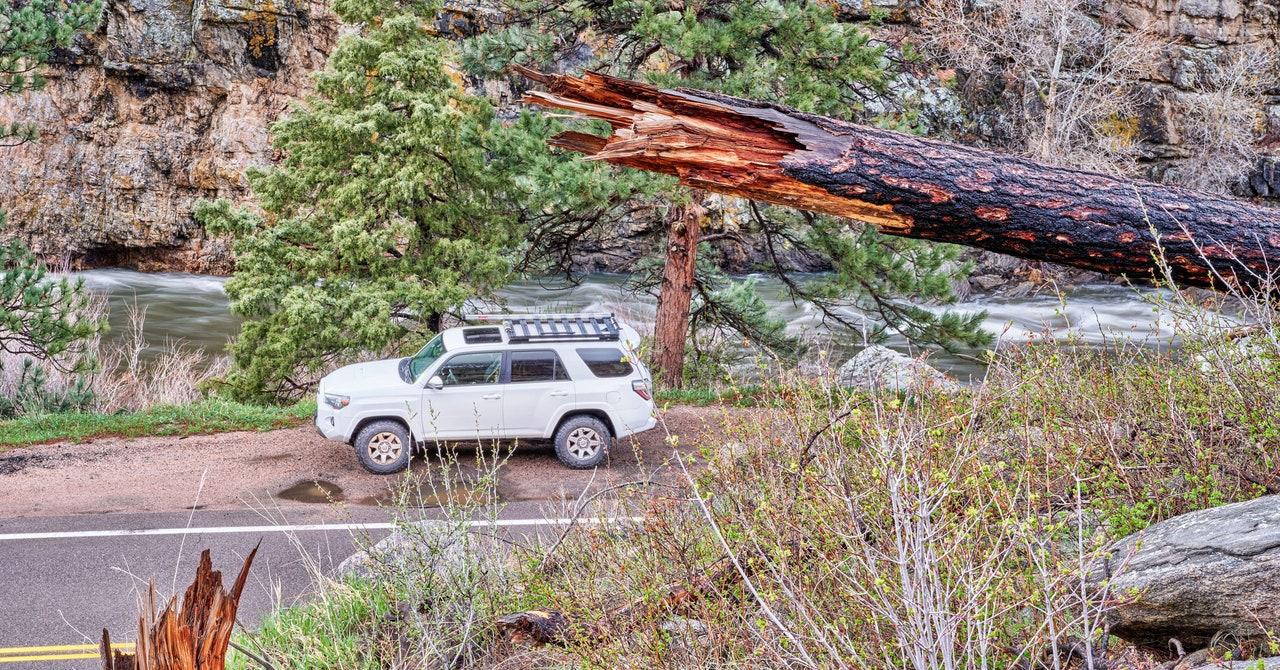
Wildfires in the western United States not only destroy forests, but they can also increase sediment in rivers and reservoirs, spark algae blooms, and pollute watercourses with dangerous chemicals. This leaves water providers grappling with the long-term consequences of wildfires on water supply quality.
Recent studies have found that while some watersheds begin to recover within five years of a fire, others may be fundamentally altered, never fully returning to their pre-fire conditions. In a healthy forest, the ground is covered with a layer of pine needles, dead leaves, and debris that acts like a sponge, filtering rainwater slowly into the soil. However, when fires scorch the land, they burn this vegetation and organic matter, leaving behind a bare landscape that’s highly susceptible to erosion.
The erosion caused by wildfires can lead to sediment buildup and disrupt water chemistry. Elevated levels of nutrients like nitrogen can be found in rivers almost 15 years after a high-severity fire, causing harmful algal blooms. Furthermore, increased levels of heavy metals like manganese, iron, and even lead can complicate water-treatment processes.
Some regions across the western United States, such as Taos, New Mexico, and Santa Cruz, California, have faced similar issues. Climate change and decades of fire-suppression practices have contributed to the increase in frequency and duration of wildfires.
Water Providers’ Response
After a wildfire, water providers work tirelessly to ensure residents don’t experience the effects in their taps. This requires collaboration between land agencies, regular water testing, installation of sediment-control structures, and alteration of water treatment protocols to deal with contaminants.
I often associate wildfires with their immediate, devastating effects on the environment and wildlife. However, an often-overlooked consequence of these disasters is their long-term impact on water supply quality.
Increased sediment and contaminants
One way wildfires affect water supply quality is through increased sediment and contaminants in rivers and reservoirs. This is because the fires burn vegetation and organic matter, leaving behind a bare landscape prone to erosion. As a result, rain can carry soil and other debris into water sources, disrupting their chemistry and leading to issues like algal blooms and elevated levels of heavy metals.
Research has shown that while some watersheds can recover from wildfires within five years, others may be permanently altered, never returning to their pre-fire conditions. This has significant implications for human health and ecosystems, particularly in regions where wildfires are becoming more frequent and intense.
To combat this issue, hydrologists, ecologists, and water-management officials must work together to understand and mitigate the effects of wildfires on water supply quality. This includes performing regular water testing, installing sediment-control structures, and altering water treatment protocols to deal with increased contaminants.